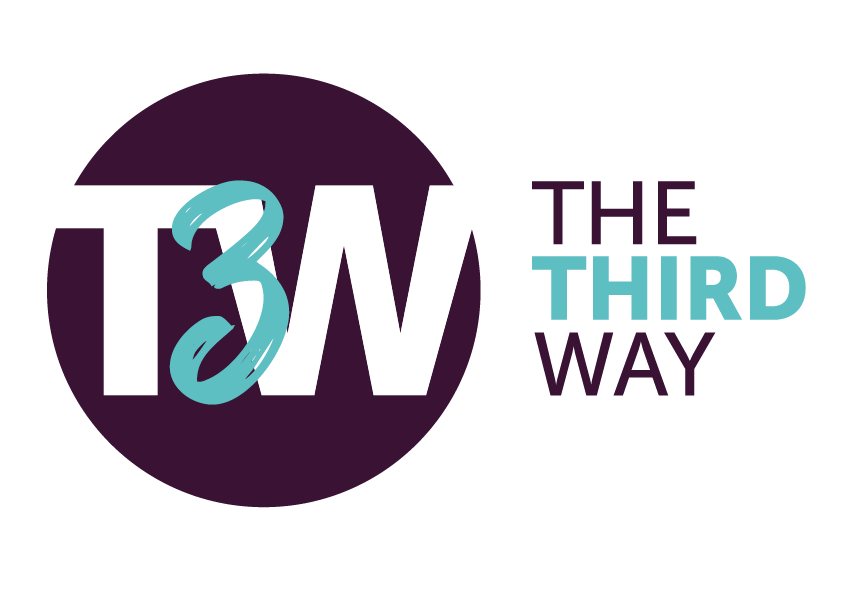Introduction
3 Topics
Move to Impact
3 Topics | 1 Quiz
Define Your Impact
3 Topics | 1 Quiz
Measure Your Impact
5 Topics | 1 Quiz
Communicate Your Impact
2 Topics | 1 Quiz
Create Your Theory of Change – Method 2
This second method is similar to the first, in the sense that it follows the same way of reasoning. Some prefer this method because the main stakeholders and their required actions are more at the forefront.

STEP 1: Put your most important long-term objective (intended change) at the top.
- Visualise the desired long-term effects and describe them.
- When will the program/activity be successful?
- What will be different when the program achieves the desired outcome?
- What do funders or other stakeholders expect as a result?
- What are possible negative effects/consequences?
STEP 2: Determine the intermediate changes needed to get to your long-term goal.
- The first stage in this step is to answer the question of who needs to do what to achieve the desired impact. This actor-centred approach is necessary to achieve a workable result outcome.
- Then, the most important or most influential actors and their actions are written in the first row, just below the evaluation question.
- After this the previous steps are listed. Supporting questions are: ‘What are the necessary conditions for this impact to take place?’ or ‘What must happen before this impact can be achieved?’ Similar steps are clustered according to the theme for more clarity.
STEP 3: Explicate assumptions and preconditions.
- Determine what assumptions are in place in your Theory of Change.
- Determine which preconditions are necessary to realise the outcomes.
STEP 4: What interventions will bring about a particular change?
- After the previous steps, the actions and measures that help realise the outcomes can be determined.
STEP 5: Write out the theory of change in a narrative.
- Writing a ‘narrative’ is in fact nothing more than putting your detailed plan into language. Spelling it out bring clarity to your endeavour and helps to communicate your intentions to internal and external stakeholders.
Questions to Help You Make Your Assumptions Explicit
- What am I assuming about the cause and effect relationships between my different levels of effects? If X happens, will Z really happen? Why? Under which conditions would it work?
- On the basis of what evidence, knowledge, experiences or impressions am I making my assumptions? Do I have evidence that my assumptions are true? It is helpful to reference past projects, evaluations, best practices and research that demonstrates the success of the strategies that led to the desired result, and why you expect similar outcomes in this project.
- What am I assuming about the needs, capacities, motivation and behaviour of the stakeholders involved?
- What am I assuming about the relationships between key actors?


